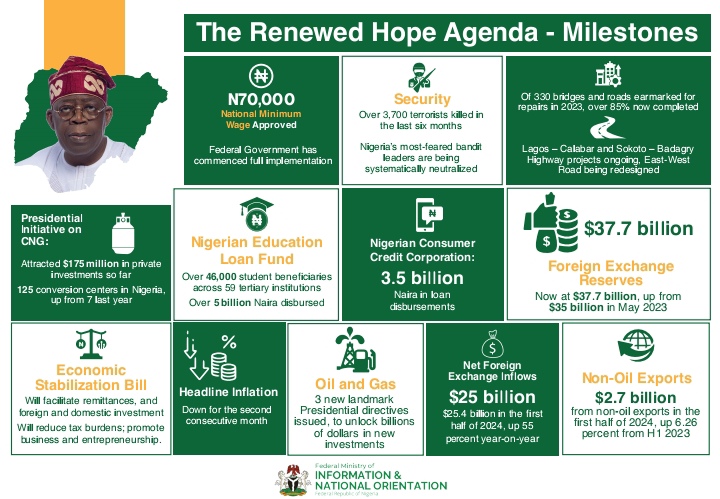Criminals are mobile. They follow the money. Where there is cash, there are criminals. If the money is mobile, aha, criminals move with it in droves. That is why mobile money service is very attractive in Africa because it is easy to move physical cash around. This has turned Africa into the world’s leader in mobile money services. Let us dig into it. In September 2019, there were 153 active mobile money operators in 45 African countries.
According to the GSMA State of the Industry Report on Mobile Money 2019, East Africa’s 102 million active accounts are the highest in any sub-region. Its over 17.1 billion transactions generated an unmatched $301 billion in value. If East Africa is the king of mobile money service, West Africa is the crown prince. The transactions in West Africa have been climbing since 2013. Because of the ease, effortless and enormous cash you can move around, mobile money will continue to expand across Africa.
Mobile money has grown in popularity across the African continent. In June 2020 report released by the European Union-funded Project Enhancing Africa’s response to transnational organised crime (ENACT) in sub-Saharan Africa alone more than 350 million mobile money accounts were registered in December 2018. The value of transactions exchanged through these accounts exceeded $301 billion. In Nigeria, to increase the provision of financial services to the unbanked, the Central Bank of Nigeria (CBN) licensed 21 mobile money operators.
The CBN Governor, Godwin Emefiele, explained that the goal is to correct the absence of agent network in rural areas. So, there is First Monie, Paga and other mobile money licensees. Paga is a fintech company. In Ghana, MTN and Airtel Tigo are the leaders in a fast-growing market. In Côte d’Ivoire, MOOV, Orange and other players are enjoying a 2015 regulation that authorised non-banks to issue electronic money. Agents are the backbone of mobile money transactions. If you remove the agents from the value chain, you will not have a mobile money service.
Mobile money service is very attractive. That is why it is expanding across Africa. But its nature has provided organised crime with the opportunity to capitalise on the lack of regulatory adherence in the industry. ENACT report shows that mobile money service has given criminals the opportunities to fund illicit trade in Africa, by Africans, and the global criminal syndicates. Criminals are using mobile money to fund crimes such as money laundering, human and drug trafficking.
Criminals and criminal organisations are utilising mobile money services. They are exploiting the loopholes in regulations. It is a silent storm brewing across Africa.
The sheer volume and value of mobile money transactions have continued to raise questions about abuses of this payment system by criminals and terrorists. Granted, every payment system has some vulnerability. “The exploitation of mobile money services is evident in a range of crime such as fraud, extortion, people smuggling, illegal wildlife trade, firearms and stolen motor vehicle trade and terrorism,” the report stated.
Mobile money operators have peaked as of December 2018. There are over 395,698,890 registered customers’ accounts and more than 100,000,000 active every month. Because of the huge number of people and the easy access to cash, the criminally-minded mobile money customers preferred the cash-in and cash out and peer to peer transactions. The cash-in and cash-out mode of transactions allow easy access to physical cash. Criminals favoured this because it is used to perpetuate all forms of crimes.
The development of mobile money services in Africa offer criminals a substantial opportunity to utilise these services to target victims in a variety of crimes and to enable other forms of criminality. Come with me. Let us go and cash-in. To cash-in, a criminal will fund his mobile money account. He goes to an unsuspecting mobile money operator’s point of sale or an agent. The criminal gives cash to the agent and buys e-money. The e-money is credited to the criminal’s mobile money account. It is an instant operation.
The criminal receives a notification to confirm the success of the operation and an indication of the new balance. This is how to cash-in. After this the criminal moves on to fund his illicit trade. To do that, he withdraws the cash. In other words, he ‘cash-out’. It is simple. This rapid service development combined with criminal opportunities represents a “security issue of interest to all member countries in Africa and poses a significant challenge to law enforcement agencies in member countries.”
These ‘mobile money-enabled crimes’ include illicit commodities purchases, terrorism financing and firearm enabled crime.
The other ‘hot’ service is the peer-to-peer transfers. It is the most common use of mobile payment services. They accounted for 91.4 per cent of the 21 billion total mobile payment transactions processed in 2019. As a result, this form of the transaction represents the most significant vulnerability for exploitation in the form of fraud. This is equally accelerating the cross-border mobile money remittances. It is the fastest-growing segment of the peer-to-peer transfer mobile money market in Africa.
The report states that over 120 million people received international remittances worth $60 billion in 2015. This tendency shows no sign of slowing down with the total value of peer-to-peer transfers having more than doubled between 2017 and 2019. This is a boost to transnational criminal syndicates that are exploiting mobile money services to enable low-risk money laundering and purchases of illicit commodities with an international dimension whilst benefitting from the “anonymity offered by poorly applied regulatory standards.”
Criminals and criminal organisations are utilising mobile money services. They are exploiting the loopholes in regulations. It is a silent storm brewing across Africa. The mobile money service has enabled criminals to exploit weaknesses in regulations and identification systems. Most Africa countries cannot properly identify its citizens. It is pretty bad in some Eastern Africa. Angola, Congo and some other African countries accept refugee, military, alien and attestation paper as identity cards.
The report has identified crime types that exploit mobile money services across Africa. These primarily include various types of fraud that target the distinct stages of deployment for mobile money services. Whilst acquisitive crimes significantly impact the lives of victims, criminals have also identified further opportunities to exploit mobile money services to assist other criminal activities.
These ‘mobile money-enabled crimes’ include illicit commodities purchases, terrorism financing and firearm enabled crime. That is why there has been a surge in the level of terrorism in some parts of Africa. Such significant crimes pose a threat to stability and security in Africa. This should be addressed. The threat from criminality facilitated by mobile money services in Africa is substantial. Yet, there is sometimes limited capacity amongst law enforcement to manage this complex issue, especially concerning the technical expertise required to utilise relevant evidence in the criminal justice system.
As a mobile money account holder you can perform an increasing number of transactions. The number and variety of operations have grown as mobile money markets matured. In Pizza, Payment and M-Pesa, this column prayed that to move up the ladder of the countries deploying mobile money, the CBN needs to review its regulations in order to “enhance user confidence in the services.” This review will checkmate mobile criminals who are using mobile money for illicit trade.













